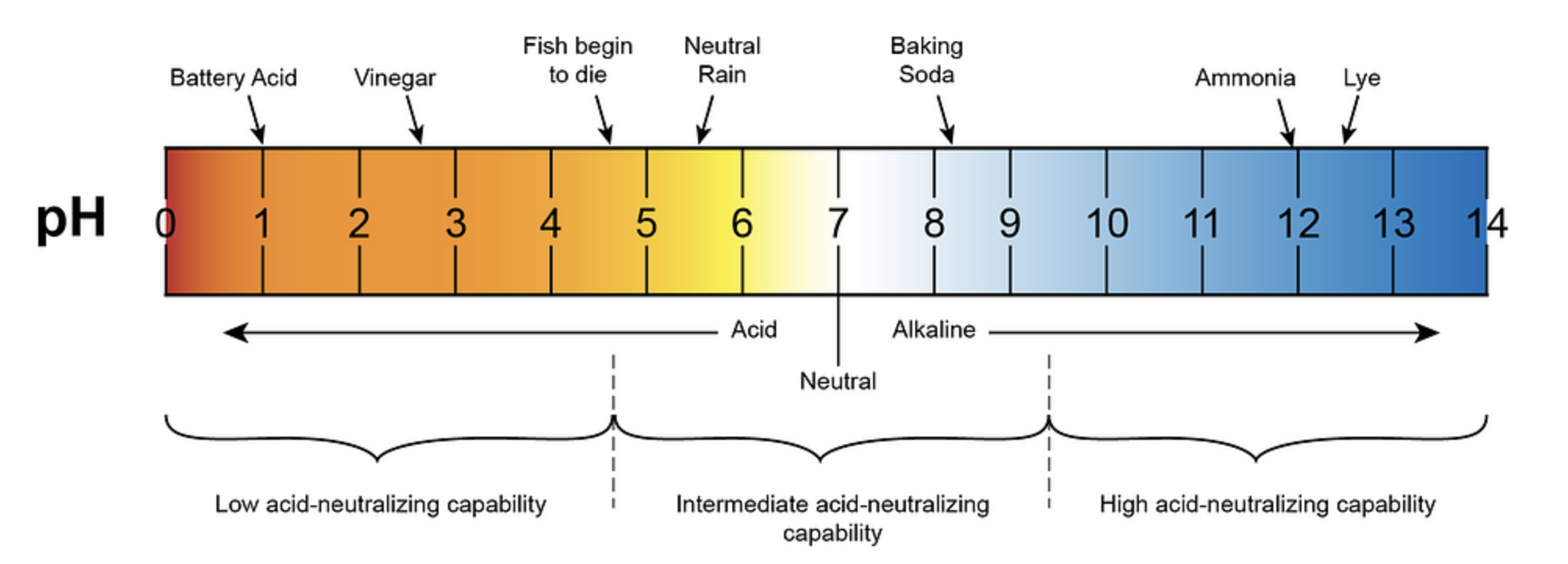Olive oil, a staple in many kitchens, is often associated with its rich flavor and health benefits. However, when it comes to the pH (potential of hydrogen) scale, olive oil is quite different from water. While water has a well-defined pH range, olive oil, being a non-aqueous substance, does not have a measurable pH value. This blog post will delve into the intricacies of the pH of olive oil and water, providing a comprehensive understanding of their unique properties.
Understanding pH: A Brief Overview
The pH scale is a measure of the acidity or basicity of a solution, ranging from 0 to 14. A pH value of 7 is considered neutral, while values below 7 are acidic, and values above 7 are basic or alkaline. The pH of a solution is determined by the concentration of hydrogen ions (H+) present in the solution.
The pH of Olive Oil
Olive oil, being a non-aqueous substance, does not have a measurable pH value. This is because the pH scale is only applicable to aqueous (water-based) solutions. Olive oil is primarily composed of triglycerides, which are organic compounds that do not dissociate in water to form hydrogen ions.
However, the acidity of olive oil can be measured by the concentration of free fatty acids (FFA) present in the oil. The acidity of olive oil is typically expressed as a percentage of oleic acid, the predominant fatty acid in olive oil. This measurement is known as the free acidity or free fatty acid (FFA) content.
The FFA content of olive oil is influenced by several factors, including:
- Olive Variety: Different olive cultivars can have varying FFA contents, which can affect the overall acidity of the oil.
- Olive Maturity: Olives harvested at different stages of maturity can have different FFA levels.
- Processing Conditions: The extraction and processing methods used to produce the olive oil can impact the FFA content.
- Storage Conditions: Improper storage conditions, such as exposure to heat, light, or oxygen, can increase the FFA content over time.
The FFA content is an important quality indicator for olive oil, as it can affect the flavor, aroma, and shelf life of the product. Virgin and extra-virgin olive oils, which are considered the highest quality, typically have a lower FFA content (less than 0.8% and 0.5%, respectively) compared to refined olive oils.
The pH of Water
In contrast to olive oil, water has a well-defined pH range. Pure water has a neutral pH of 7, meaning it has an equal concentration of hydrogen ions (H+) and hydroxide ions (OH-). However, the pH of water can be influenced by various factors, such as:
- Dissolved Substances: The presence of dissolved minerals, salts, or other substances in water can affect its pH.
- Temperature: The pH of water can slightly decrease as the temperature increases.
- Atmospheric Carbon Dioxide: Dissolved carbon dioxide in water can form carbonic acid, lowering the pH.
The pH of water is an important factor in various applications, such as drinking water, industrial processes, and environmental monitoring. Maintaining the appropriate pH level is crucial for ensuring water quality, ecosystem health, and the proper functioning of various systems.
Measuring the pH of Olive Oil and Water
As mentioned earlier, olive oil does not have a measurable pH value due to its non-aqueous nature. However, the acidity of olive oil can be determined by measuring the FFA content using various analytical techniques, such as:
- Titration: The traditional method for measuring FFA content involves a manual titration procedure, which is accurate and reliable but not suitable for in-situ measurements in small oil mills.
- Near-Infrared Spectroscopy (NIR): This method uses the optical absorbance of the oil sample to estimate the FFA content, providing a more efficient and cost-effective alternative to traditional titration.
On the other hand, the pH of water can be measured using various pH meters, electrodes, or test kits. These tools are designed to accurately determine the hydrogen ion concentration in aqueous solutions, allowing for the precise measurement of the pH value.
Caring for Olive Oil and Water
To maintain the quality and freshness of olive oil, it is essential to store it properly. The following guidelines can help preserve the oil’s characteristics:
- Storage Conditions: Store olive oil in a cool, dark place, away from heat and light sources, which can accelerate oxidation and increase the FFA content.
- Consumption Timeframe: Consume olive oil within a few months of opening the bottle to ensure optimal flavor and quality.
For water, the following care considerations are important:
- Water Filtration: Filtering water can remove impurities and maintain the desired pH level, ensuring the water is safe and suitable for various applications.
- pH Adjustment: In some cases, the pH of water may need to be adjusted, either by adding acidic or basic substances, to meet specific requirements or standards.
Conclusion
In summary, while olive oil and water share some similarities as common household items, they differ significantly in their pH properties. Olive oil, being a non-aqueous substance, does not have a measurable pH value, but its acidity can be determined by the concentration of free fatty acids. Water, on the other hand, has a well-defined pH range that can be influenced by various factors and is crucial for many applications.
Understanding the pH of these two substances is essential for maintaining their quality, ensuring their proper use, and addressing any related concerns. By following the recommended storage and care practices, you can enjoy the benefits of both olive oil and water while preserving their unique characteristics.

